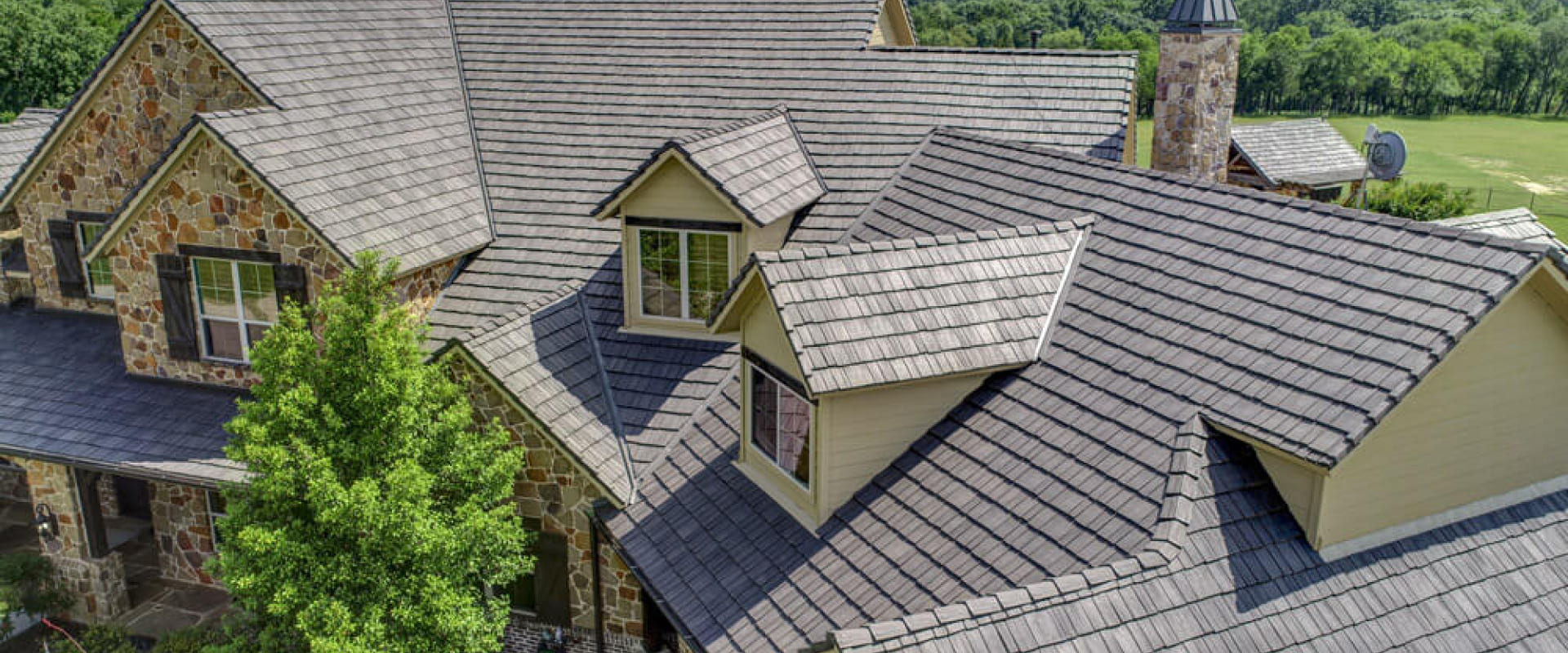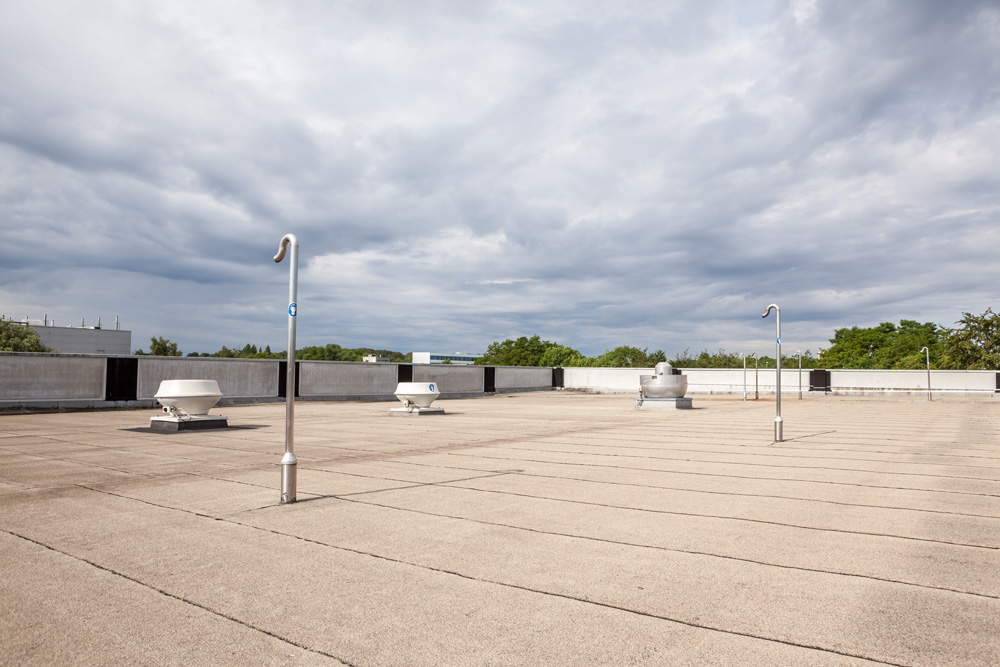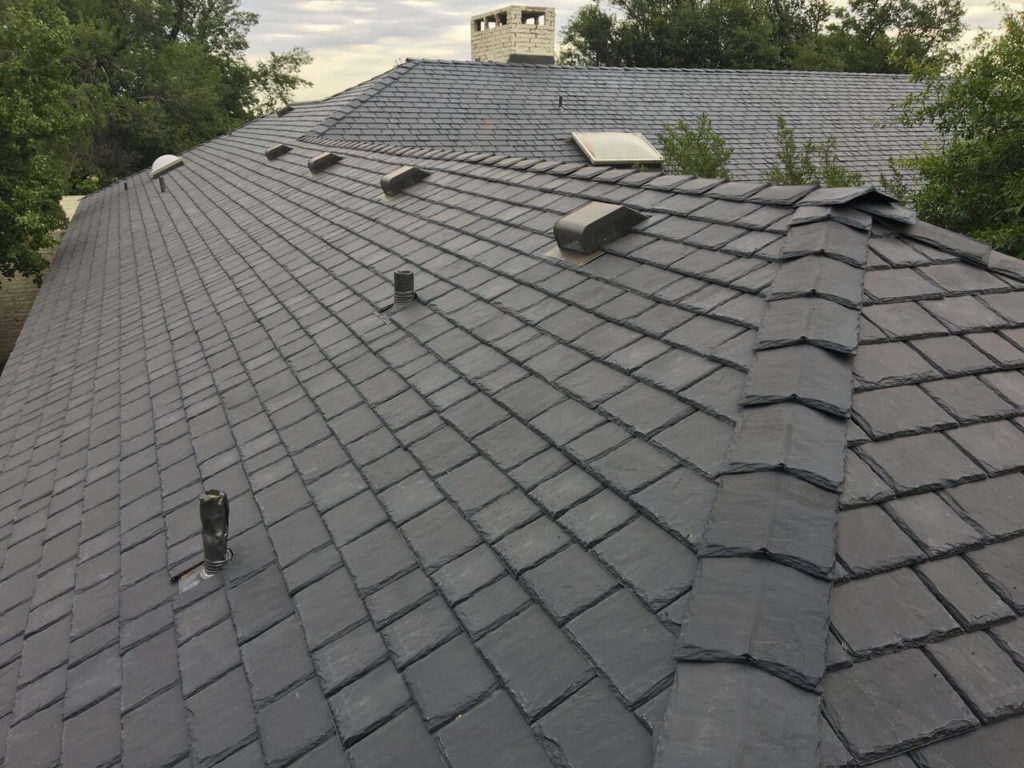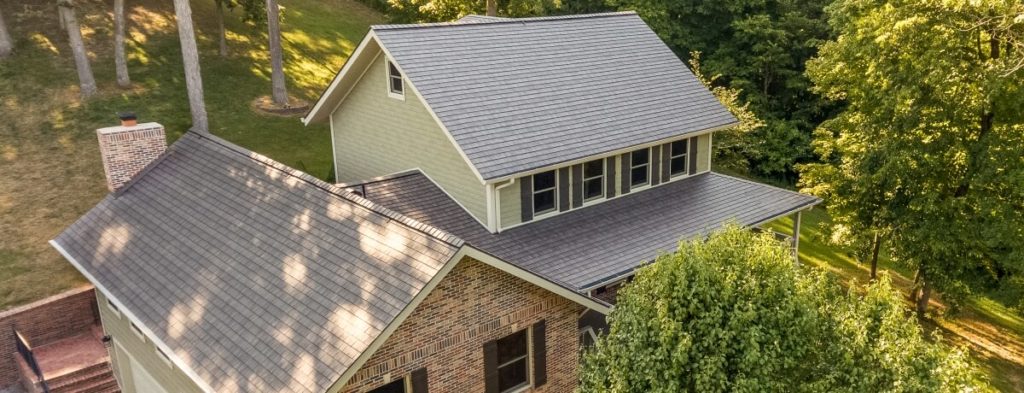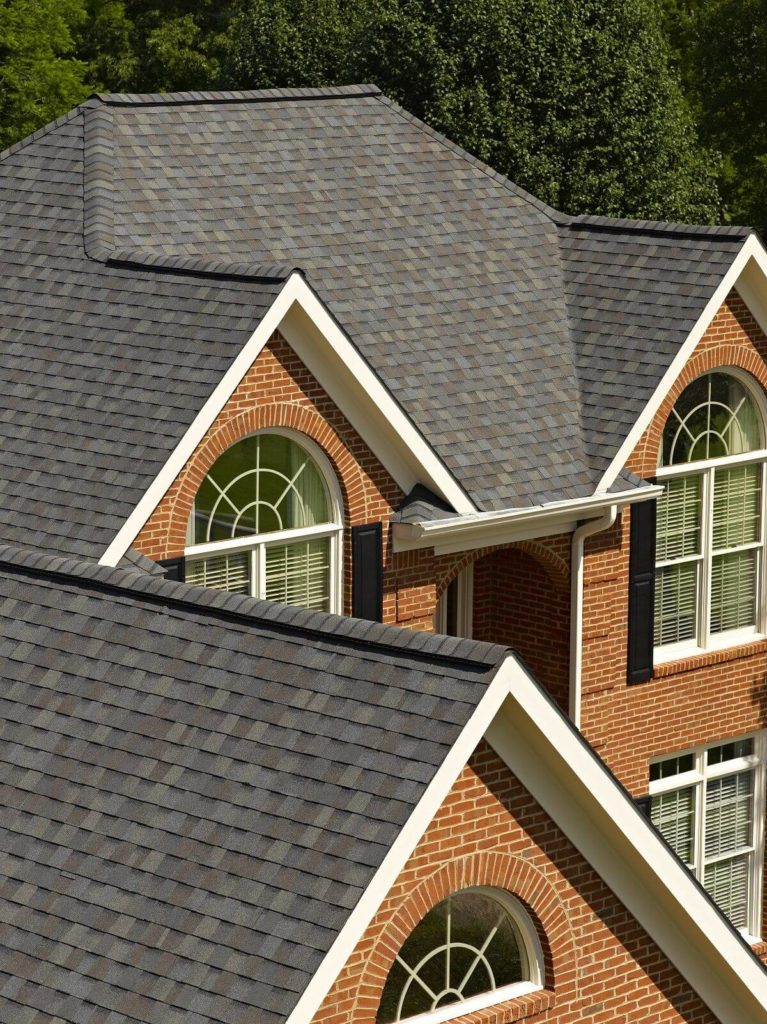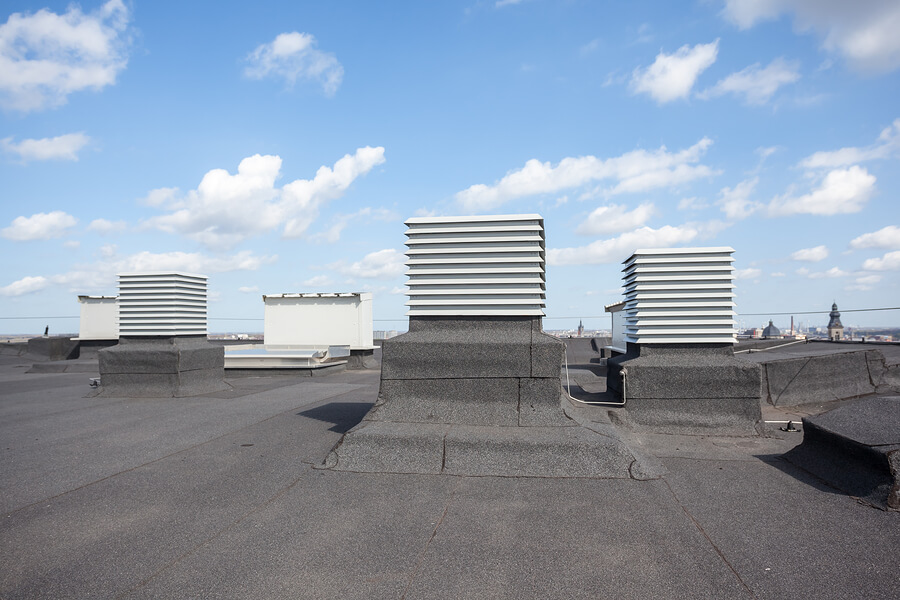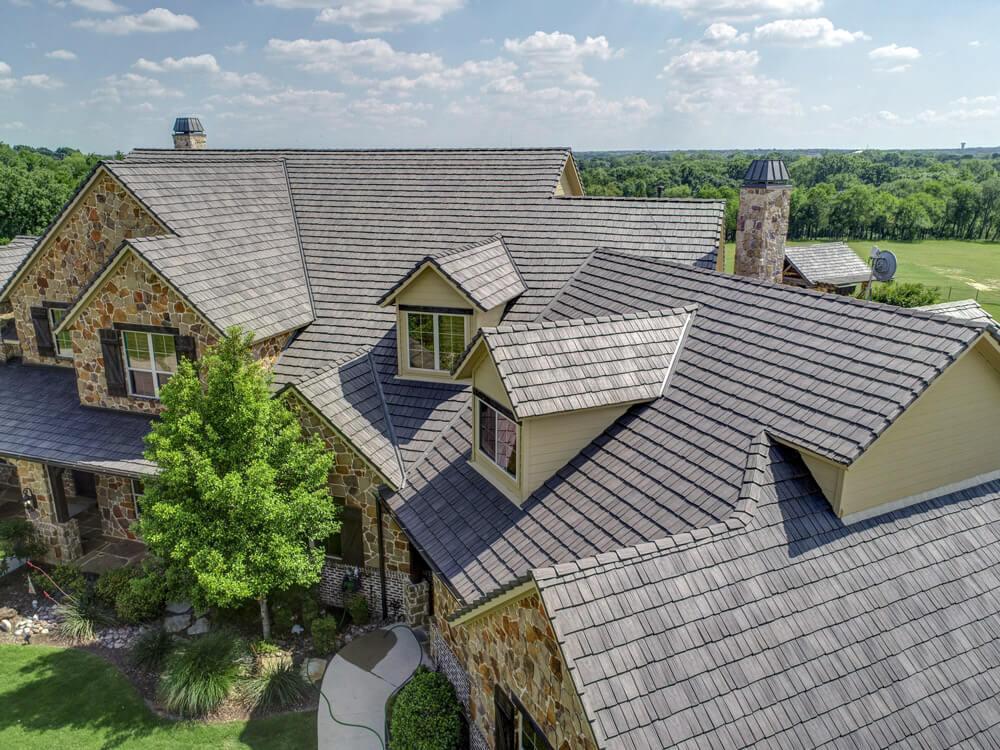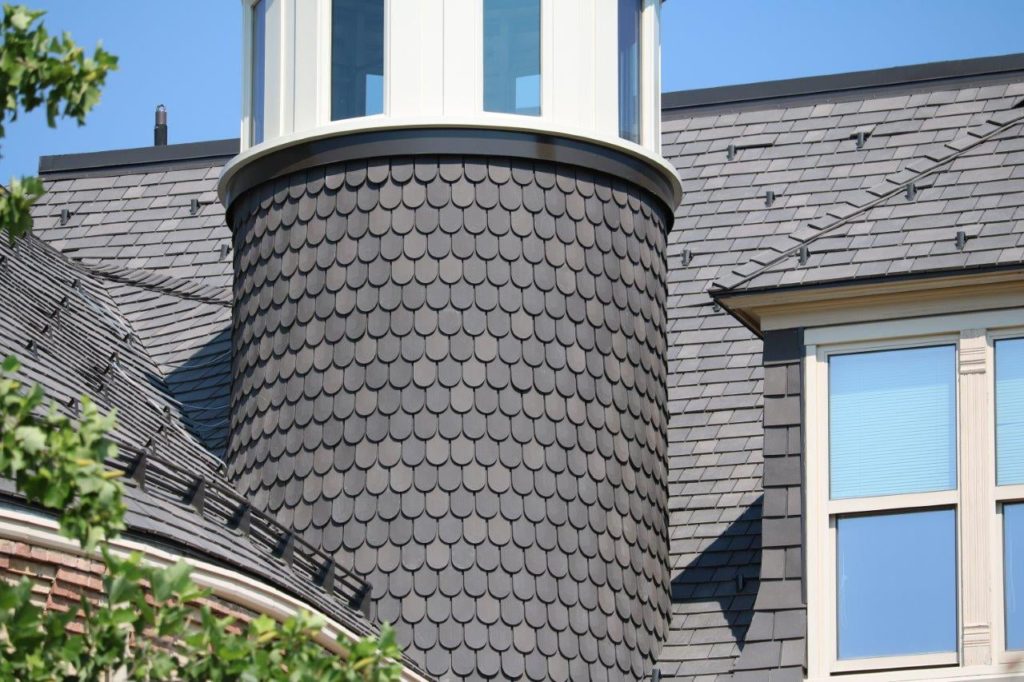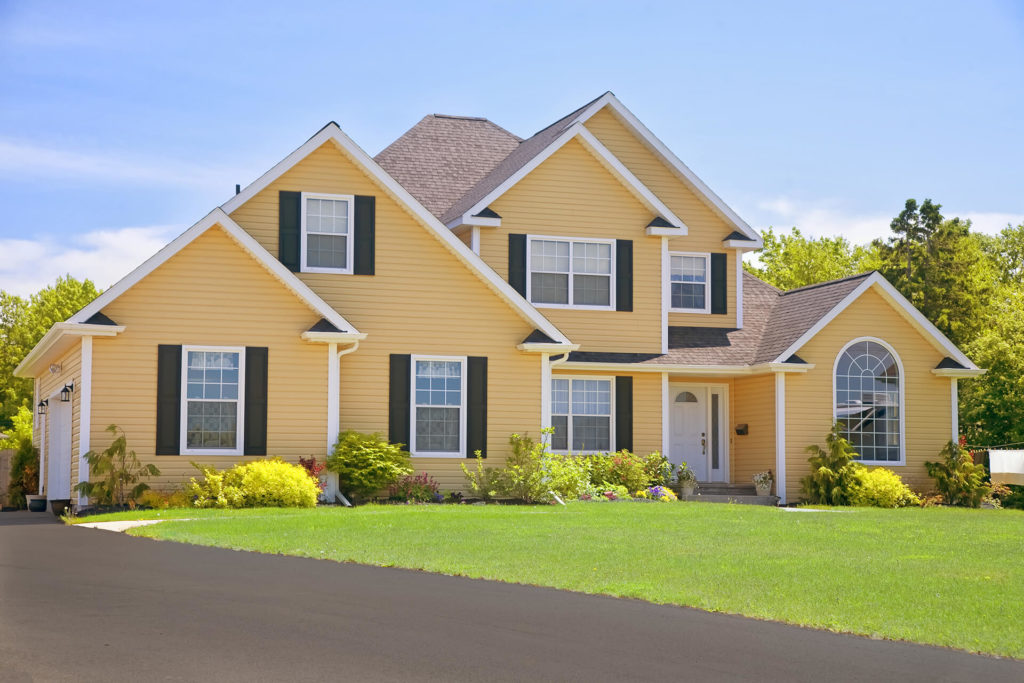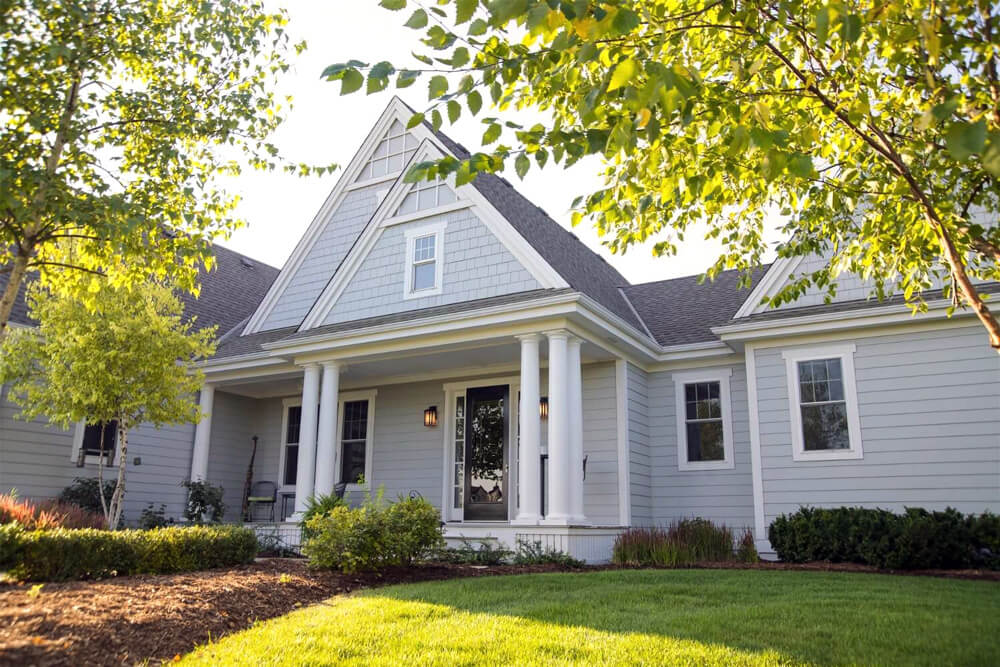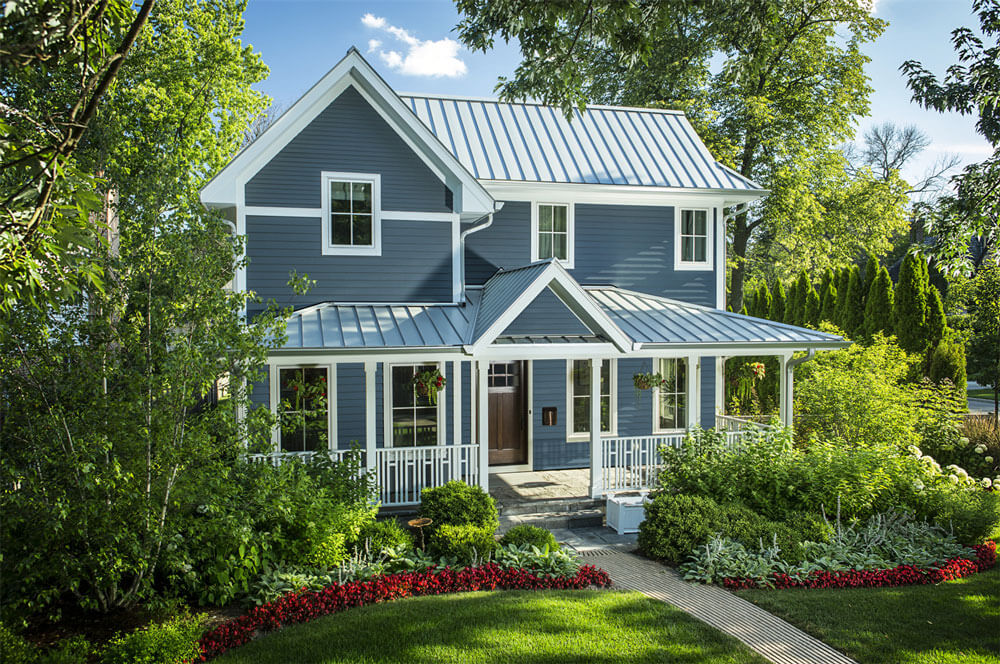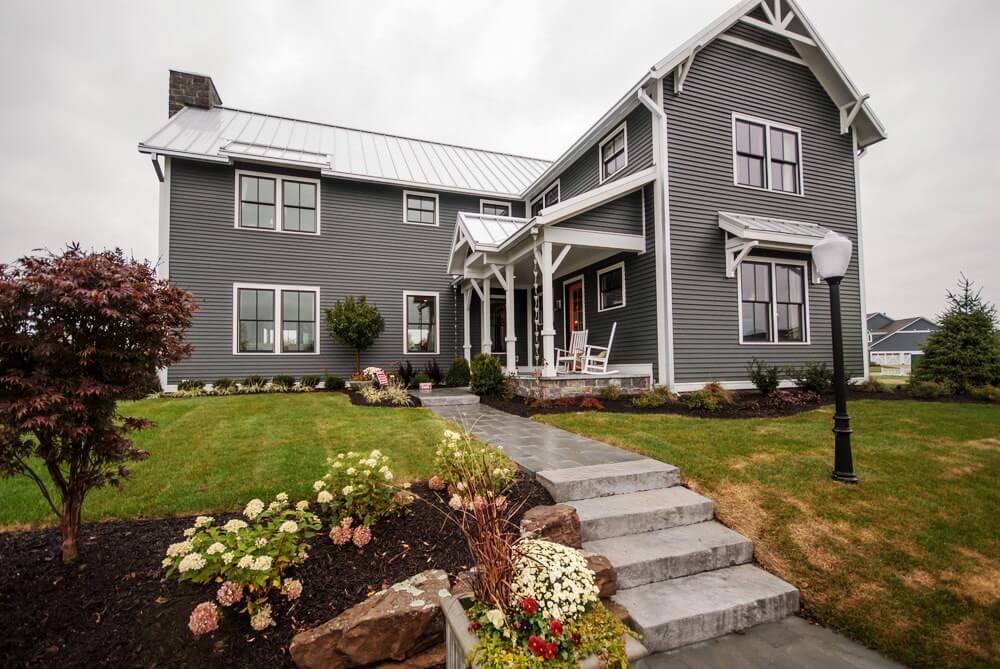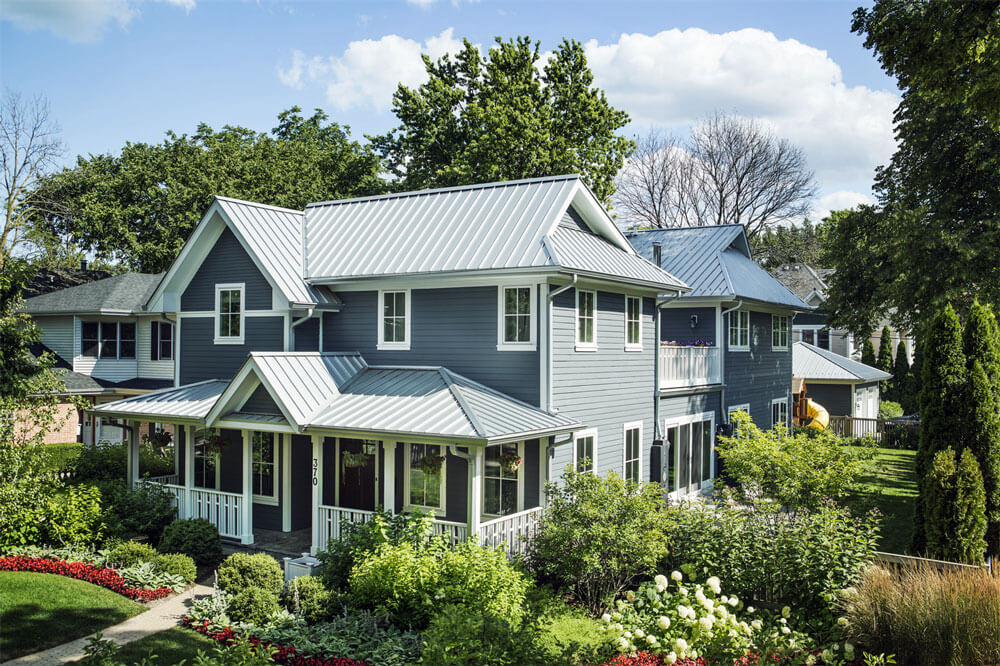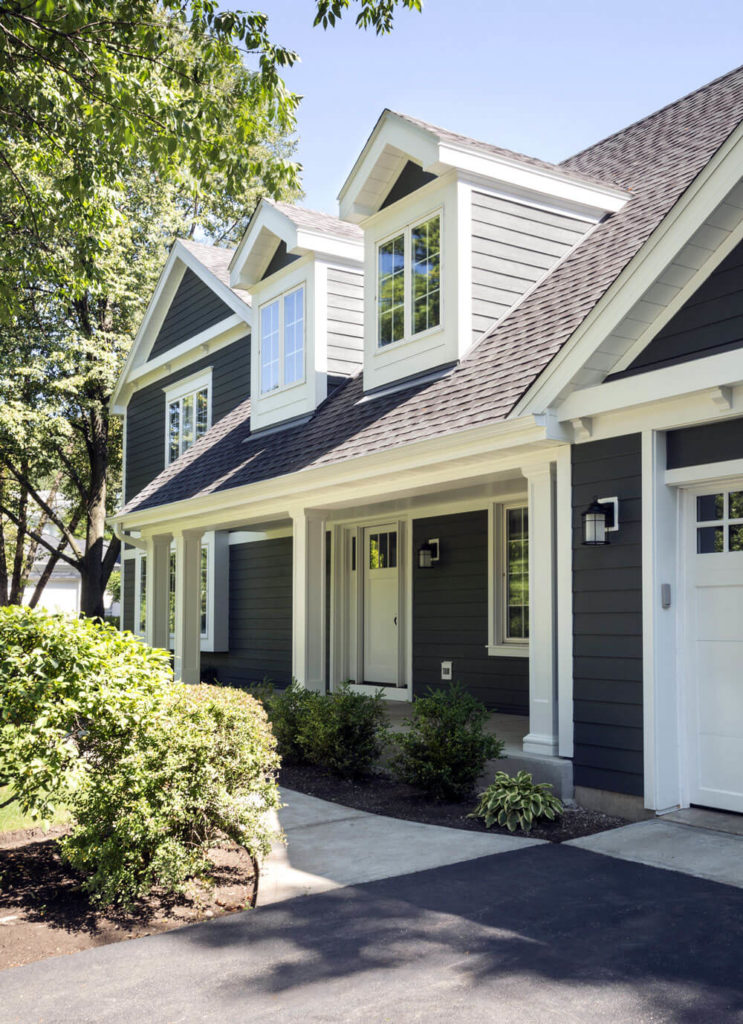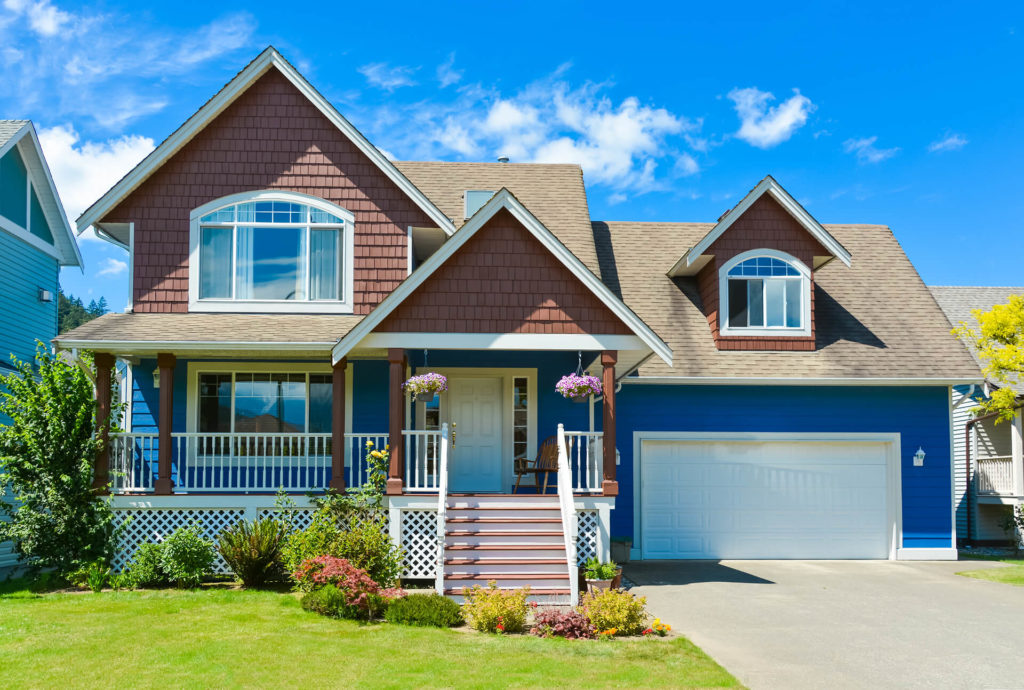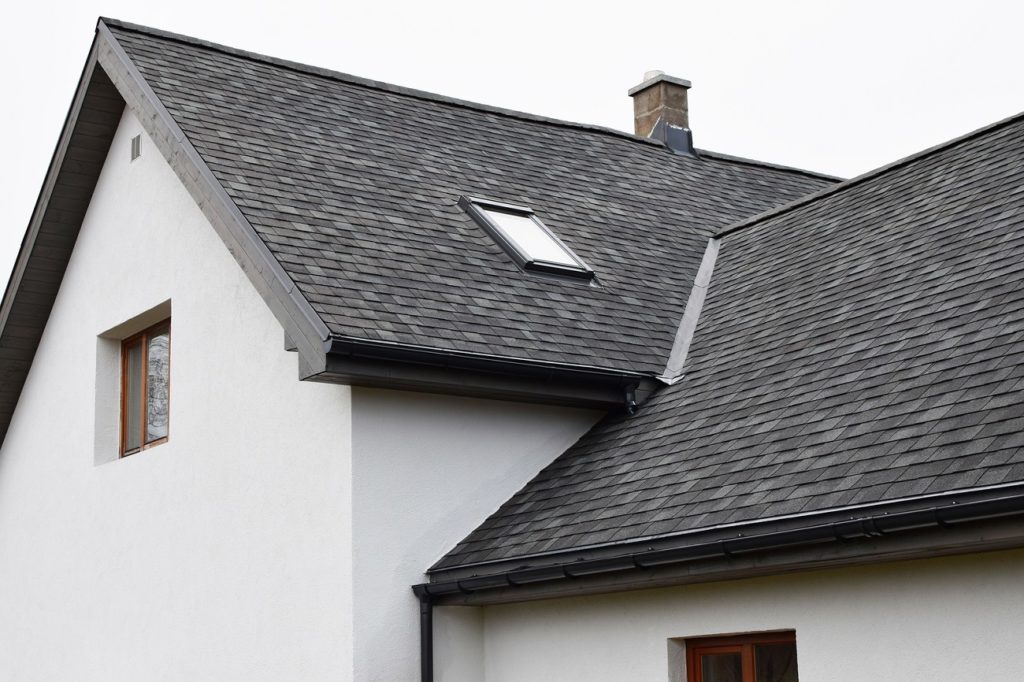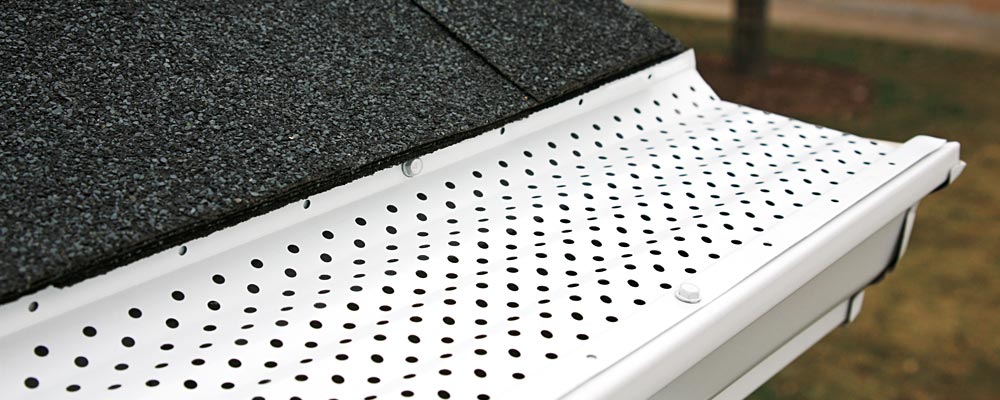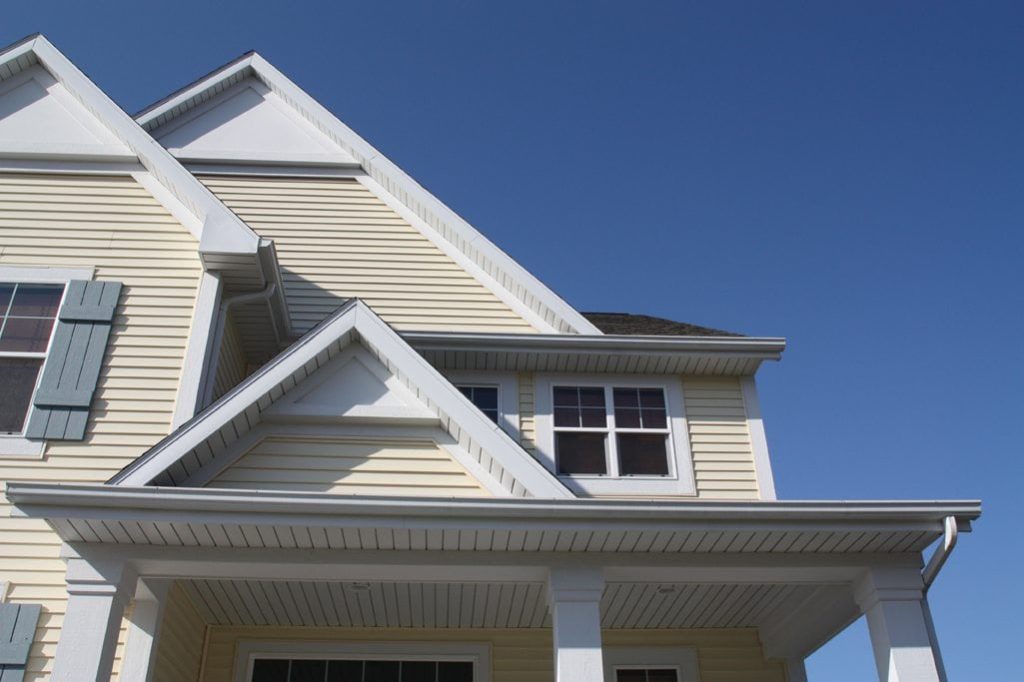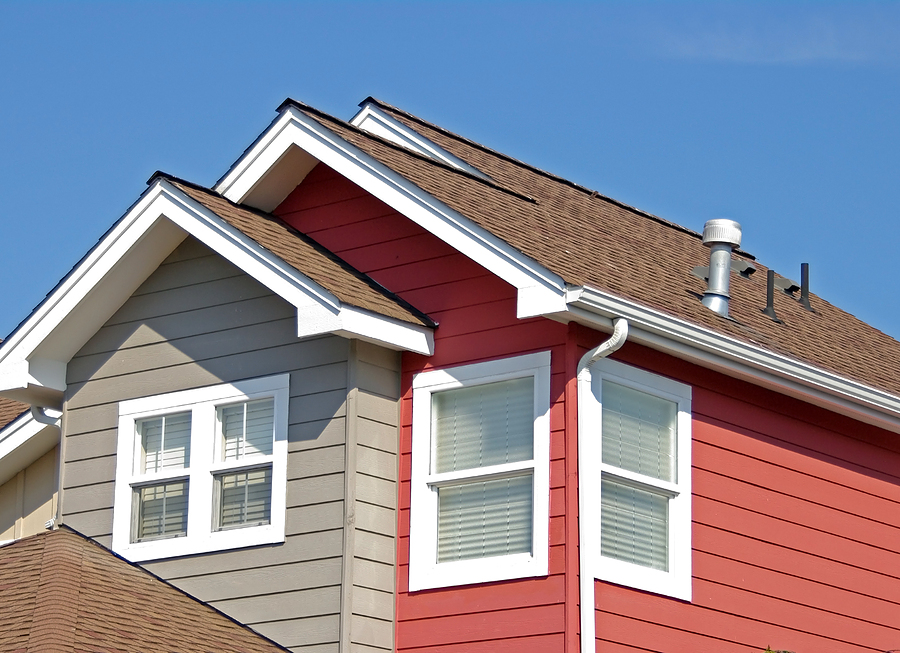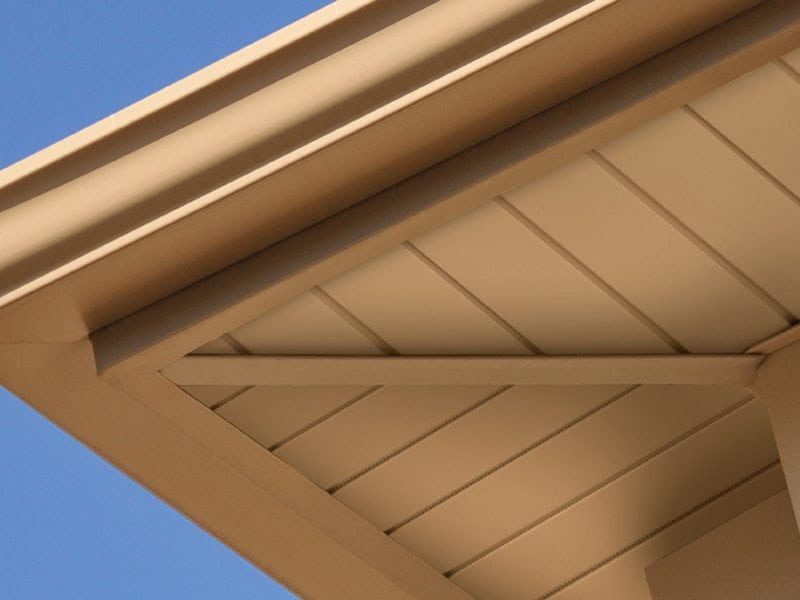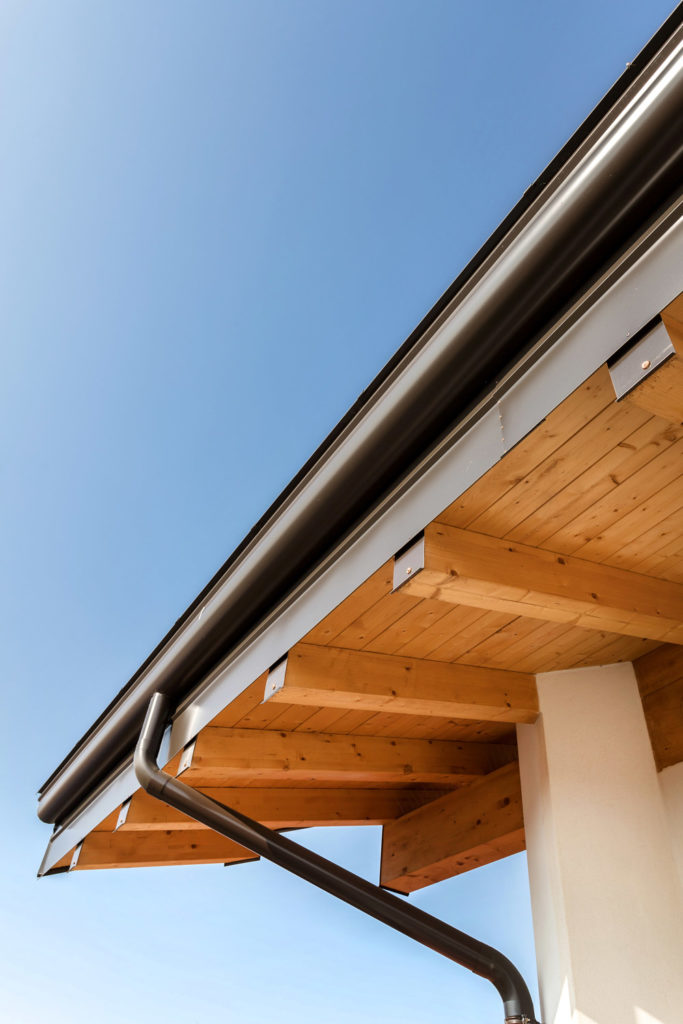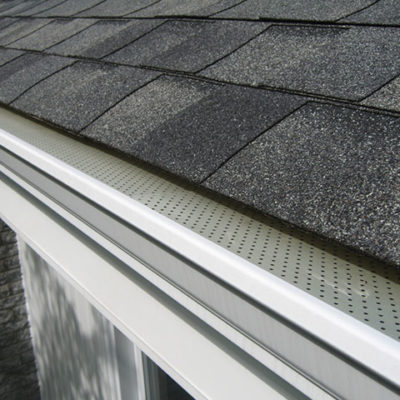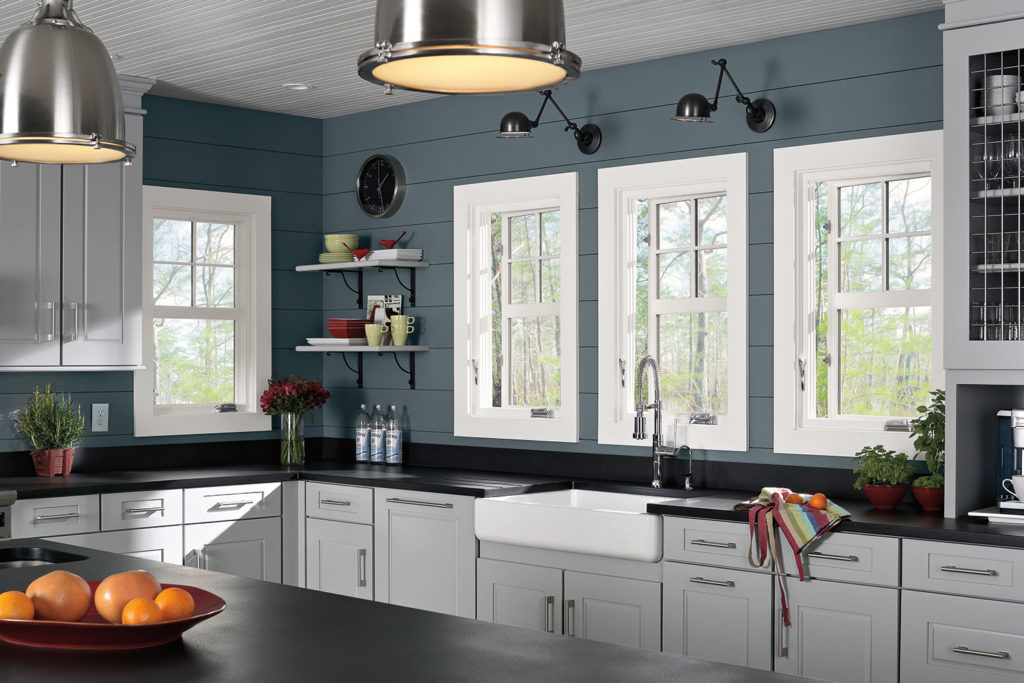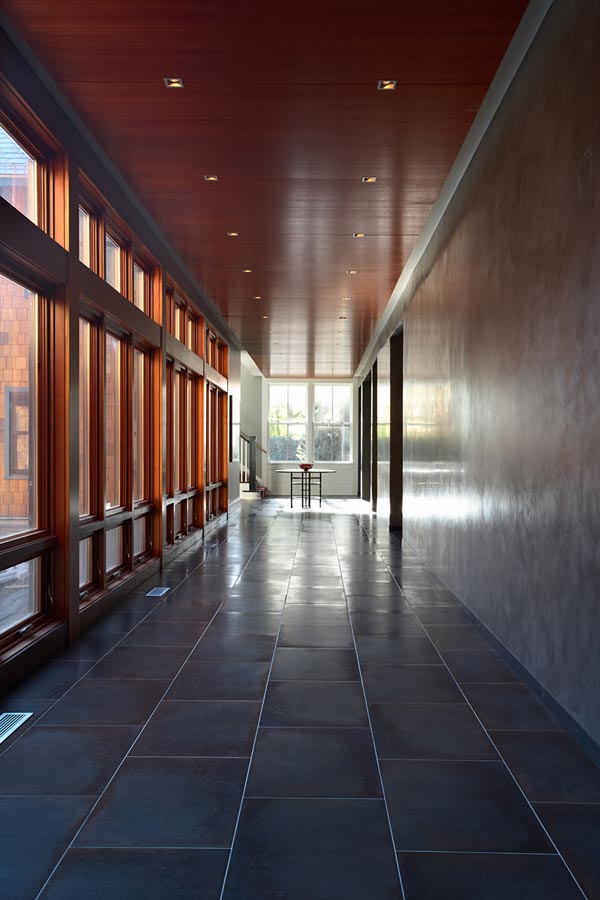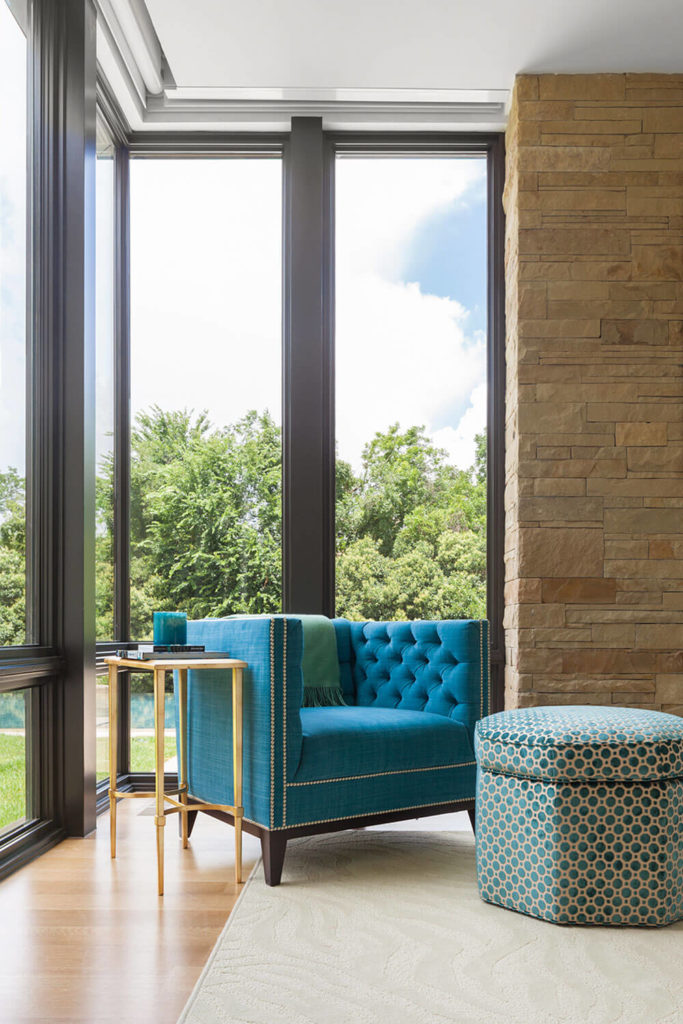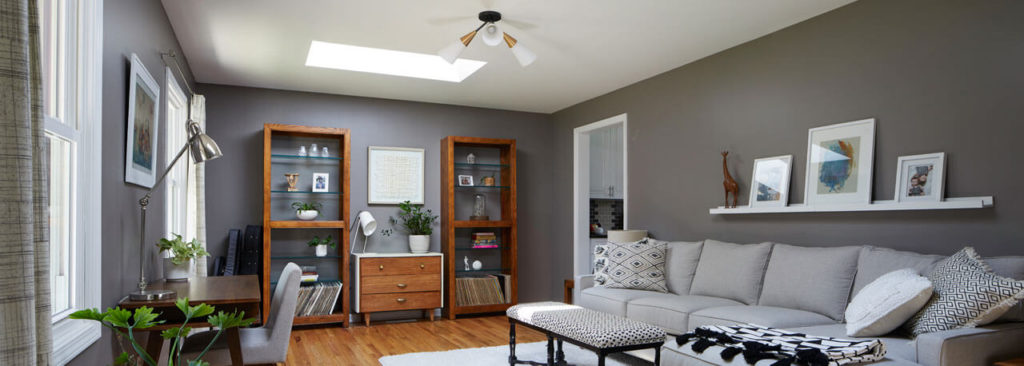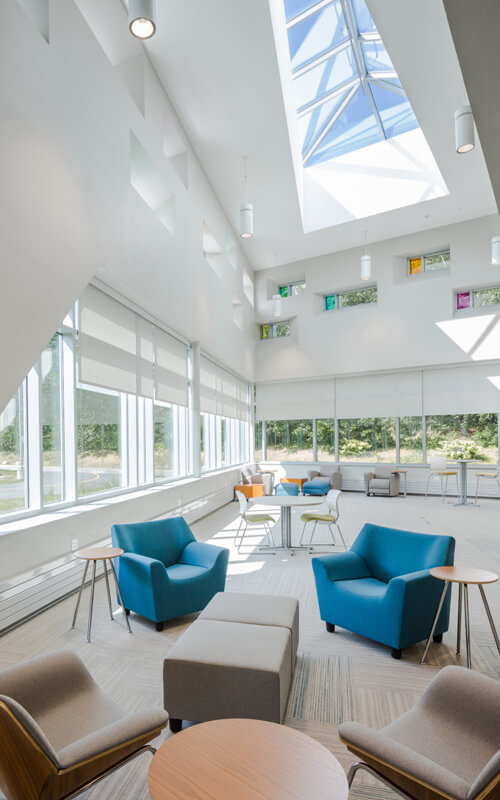It’s that time of the year again when staying indoors, safe and snug in front of the fireplace, is a delight. While the season makes for a perfect cuddle time, it also brings other things that you are less likely to like — including ice dams.
Ironically, keeping your roof cool can actually prevent these frosty formations. But before we delve more into how that is even possible, let’s first learn more about ice dams, their cause and the damage they can potentially cause.
How Ice Dams Form
Anyone who lives or has lived in cold-climate areas has probably seen ice dams already. Some may even enjoy the sight of icicles on roof eaves. Unfortunately, most of us only care about knowing how ice dams develop when we start noticing damage to our roofs and property.
Ice dams need only three things to be created: snow, heat to melt the snow, and cold to refreeze the melted snow back into solid ice. It only takes an inch or two of snow for an ice dam to be born, especially if the roof is poorly insulated and air sealed. As the winter days go by, more snow falls onto the roof, which means thicker and more troublesome formations.
The Anatomy of an Ice Dam
Ice dams form along the roof’s lower edge because the upper roof surface is usually at an above-freezing temperature while the lower part is below freezing. Since the roof deck is directly above the heated living space, the heat escaping from the house melts the snow. Meanwhile, the lower outside edge of the roof does not receive the same heating.
When the snow on the upper roof melts, the water runs down, under the blanket of snow, to the roof’s edge. As the water reaches the unheated lower part of the roof, it freezes once more.
Cold temperatures and deeper snow increase the occurrence and size of ice dams. As more snow accumulates on the roof, the more the heat is trapped beneath, warming the roof sheathing and melting the snow above it — and the ice dam formation cycle goes on and on.
The Damage That Ice Dams Can Cause
Ice dams are known to cause millions of dollars’ worth of damage annually. While most of the signs of damage are noticeable, such as water-stained ceilings, peeling paint, sagging ice-filled gutters, damaged plaster, and dislodged roof shingles, there are other not-so-obvious signs and issues that go undetected and unresolved until they cause more serious problems.
Below are just some of the damages and issues you can expect to deal with due to ice dams:
l Heat and energy loss and air leakage due to compromised insulation
l Roof leaks, which can further damage the roof and insulation
l Moisture buildup, which can rot wall cavities and encourage the growth and spread of mold and mildew
l Health problems due to mold and mildew buildup
l Corrosion of metal components in and around your roof system and wall cavities
l Weakening and premature deterioration of the structure
Checking your home carefully for the signs of ice dam damage is a good idea, but the more important thing that you must do is to prevent the main problem from happening.
In Part 2, coming soon, we will discuss how keeping your roof cool can help you stop ice dams from forming on your roof.
Categories:
